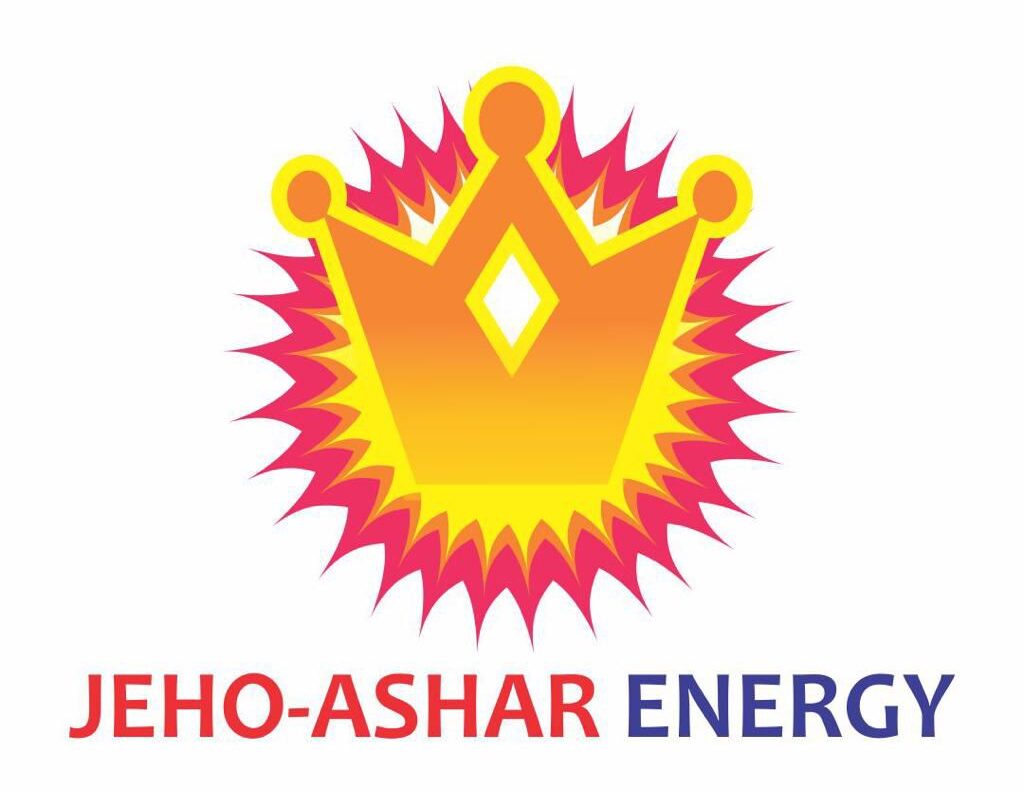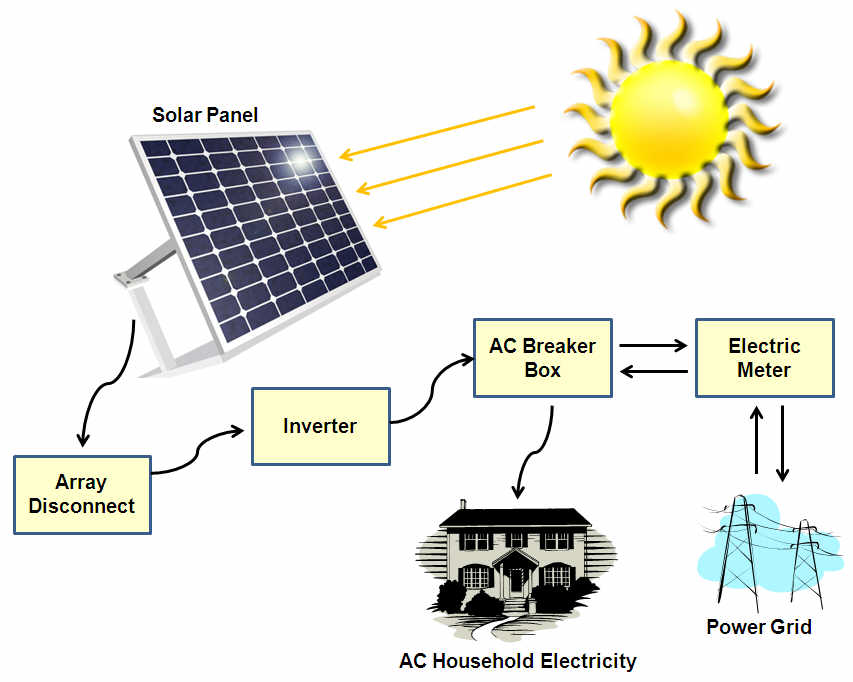1. Introduction
Solar rail systems are the foundational element in any photovoltaic (PV) mounting structure. Their primary role is to support and secure solar panels in place, ensuring they remain stable and correctly oriented over the system’s lifetime. For companies like Jeho Ashar Energy, the choice, design, and deployment of the rail system are crucial to delivering efficient, durable, and cost-effective solar installations tailored to African conditions.
2. Understanding Rail Systems in Solar Installations
2.1 Function of Rail Systems
Rail systems are the structural backbone that solar panels are mounted on. They:
- Provide mechanical support to solar panels
- Align panels for optimal sun exposure
- Facilitate safe load distribution (wind, snow, panel weight)
- Allow flexibility in panel placement and angle adjustment
2.2 Types of Rail Configurations
- Portrait or Landscape Rails: Allow alignment of solar panels in portrait (vertical) or landscape (horizontal) orientation.
- Single-Rail or Dual-Rail Systems: Dual-rail offers more structural stability and is commonly used in regions with high wind loads.
- Shared Rail Systems: Reduce the number of rails needed, minimizing material cost and installation time.
3. Jeho Ashar Energy’s Rail System Advantage
Jeho Ashar Energy integrates high-quality rail systems into its solar installations, engineered specifically to meet the technical and environmental demands of Nigeria and broader African regions.
3.1 Material Durability and Weather Resistance
- Uses anodized aluminum for rails—lightweight, corrosion-resistant, and ideal for tropical and coastal regions.
- In high-humidity zones or industrial settings, galvanized steel rails are offered for enhanced structural integrity.
3.2 Customization for Site Conditions
- Rail systems are tailored for different roof types: metal, tile, or concrete.
- For ground-mounted projects, Jeho Ashar offers elevated rail frames with adjustable tilt angles to maximize solar exposure throughout the year.
- The engineering team performs site-specific load calculations to choose the right rail dimensions and mounting technique.
3.3 Simplified Logistics and Installation
- Rails are pre-cut and modular, reducing on-site labor and installation time.
- Designed for quick integration with standard clamps, brackets, and solar modules.
- This speeds up project deployment, particularly in remote or off-grid areas, which aligns with Jeho Ashar’s mission to expand solar accessibility.
3.4 Cost Efficiency
- By sourcing or fabricating components locally where possible, Jeho Ashar reduces supply chain delays and import costs.
- Lightweight aluminum rails lower transportation expenses, which is significant for rural installations.
4. Technical Support and Engineering Excellence
Jeho Ashar Energy ensures every rail system is backed by:
- On-site assessment and system design
- CAD layouts and structural engineering verification
- Installation training for local technicians and partners
This end-to-end support minimizes design errors, ensures structural compliance, and enhances customer satisfaction.
5. Impact on System Performance
A well-designed rail system improves:
- Energy output by ensuring optimal tilt and panel orientation
- System safety by withstanding environmental loads
- Operational life of the solar panels through reduced vibration and mechanical stress
Jeho Ashar’s tailored rail approach ensures every installation is optimized not just for performance, but also for long-term reliability and minimal maintenance.
6. Conclusion
While often overlooked, the rail system is a critical enabler of solar power success. Through its commitment to quality, customization, and climate-adaptive solutions, Jeho Ashar Energy sets a benchmark in solar rail deployment across Nigeria. By prioritizing durability, ease of installation, and cost-efficiency, the company not only enhances the structural integrity of its systems but also empowers communities with reliable clean energy solutions



